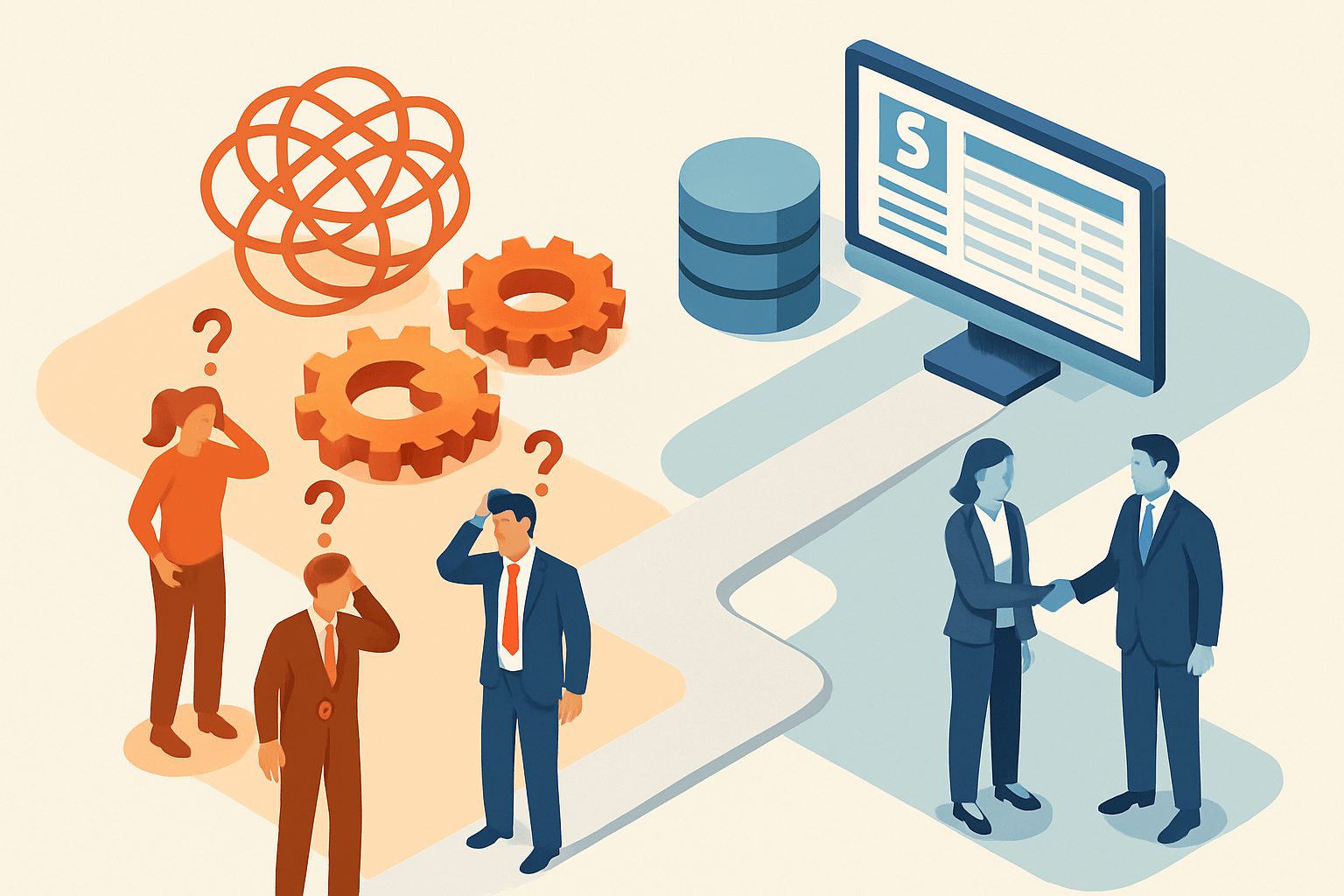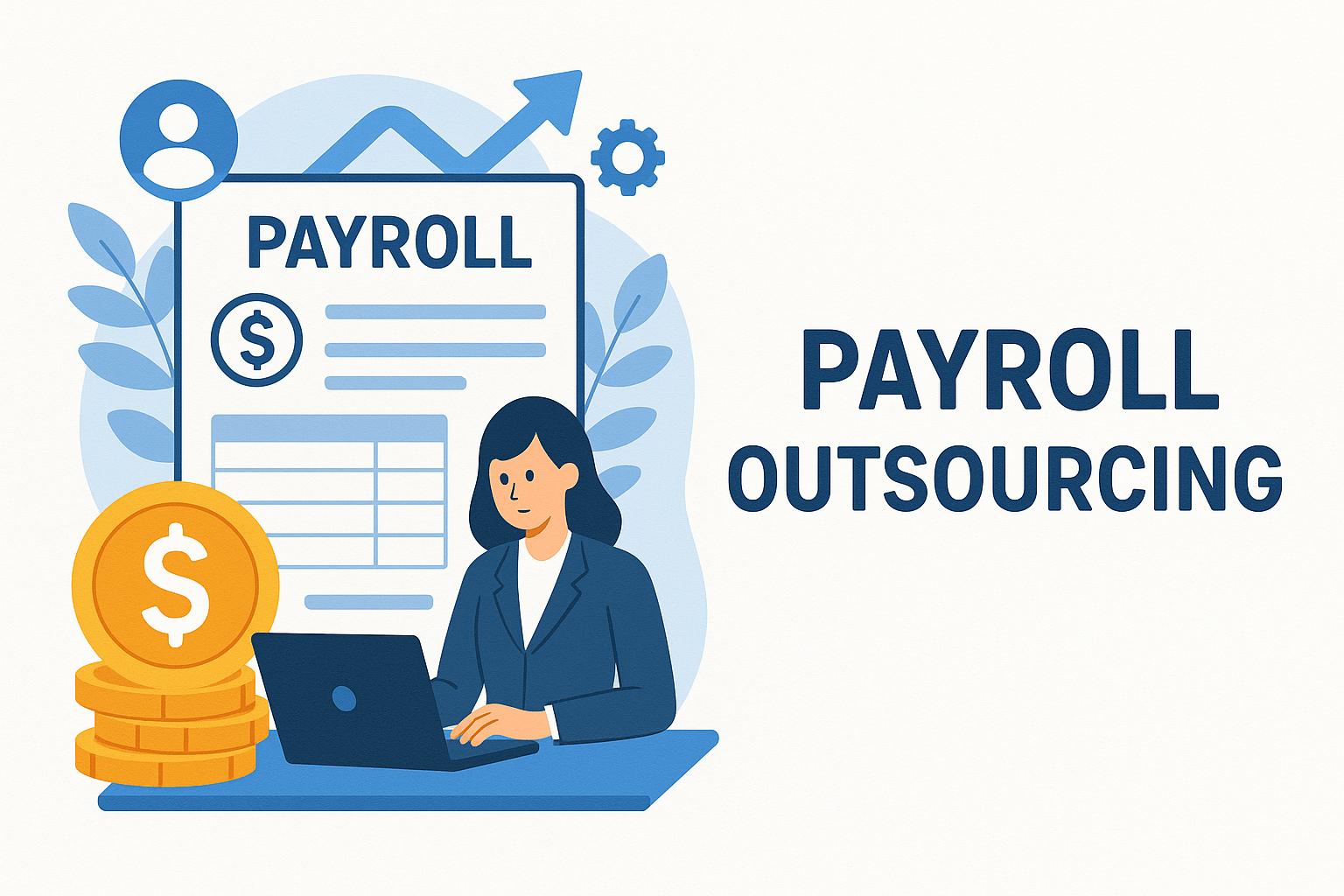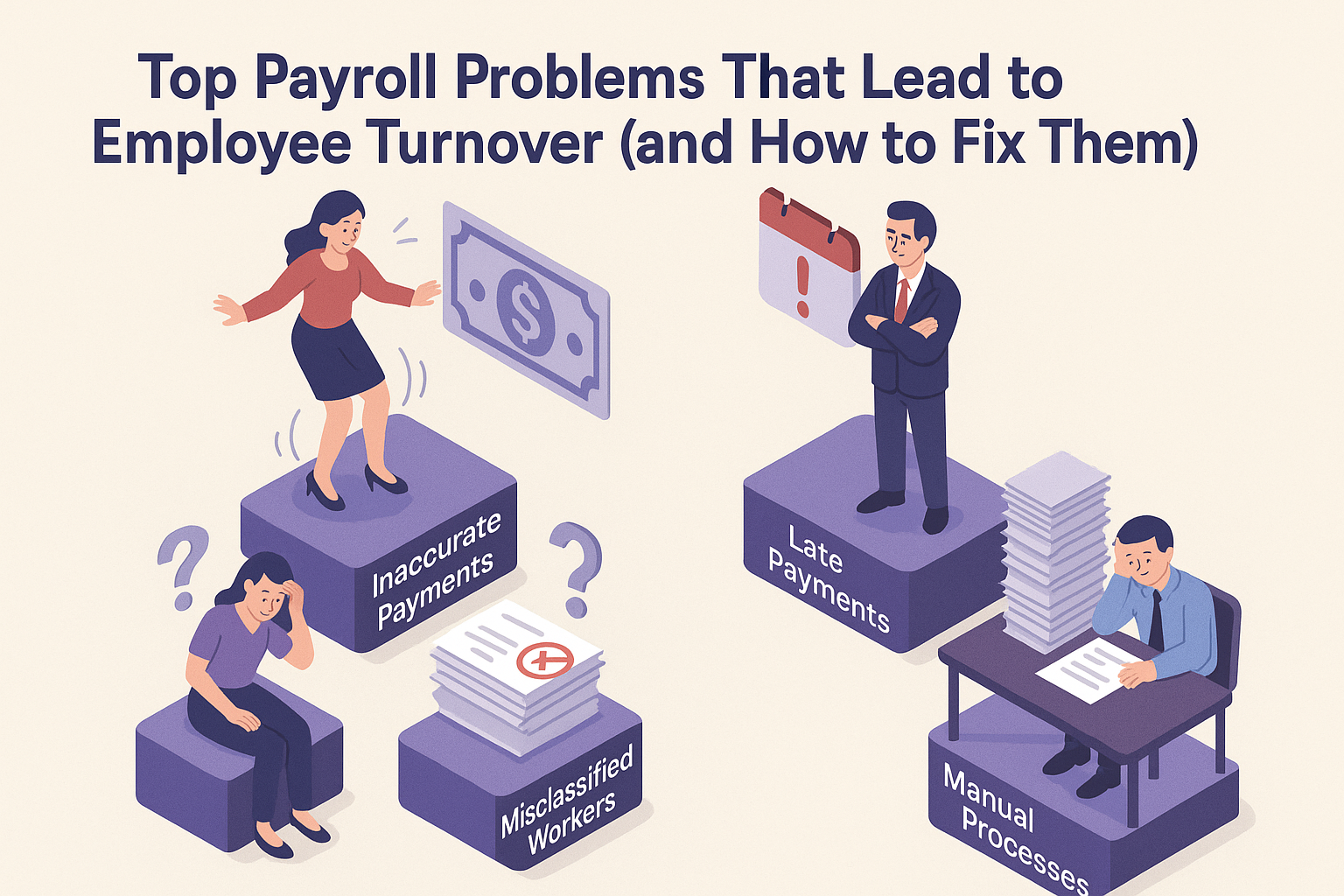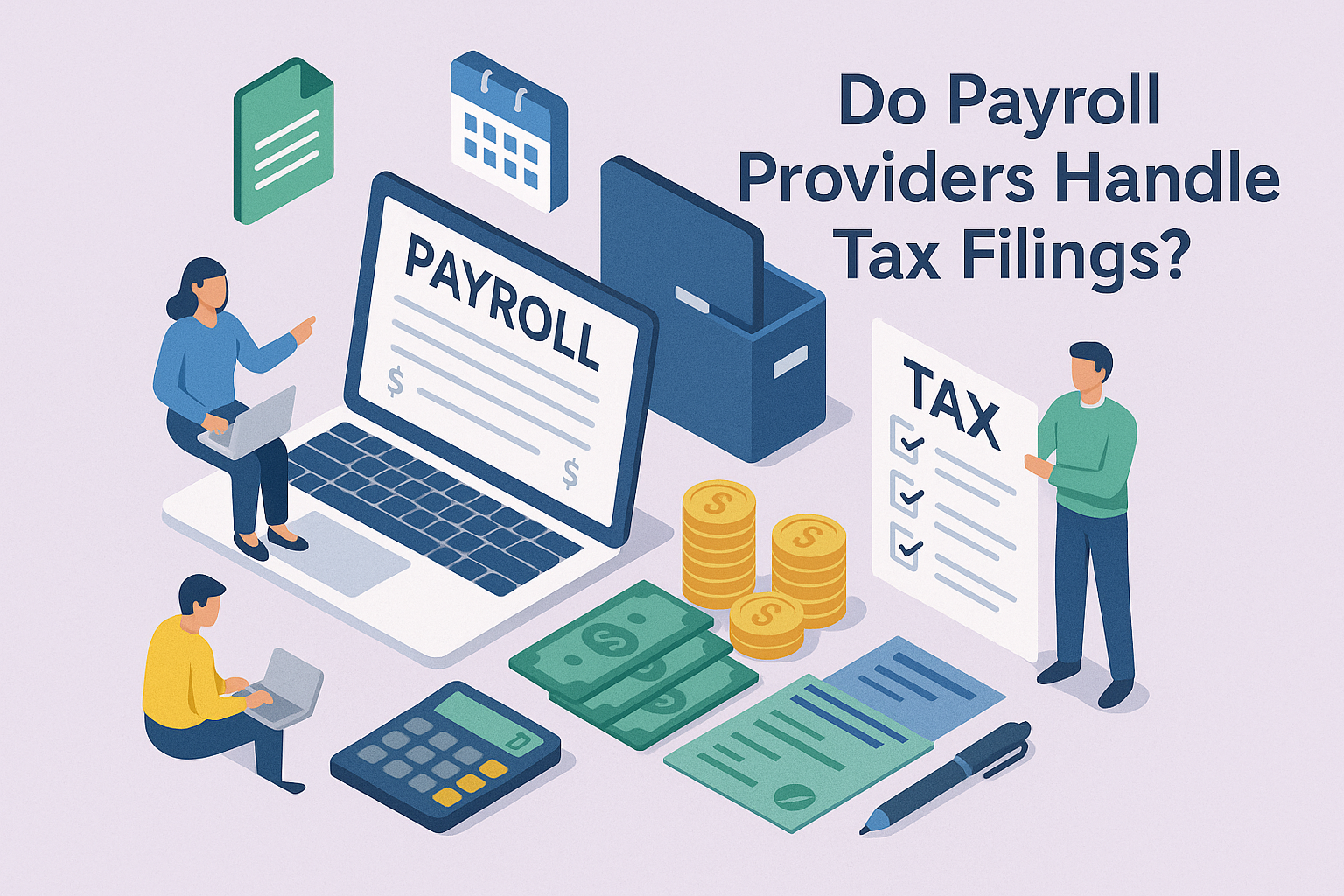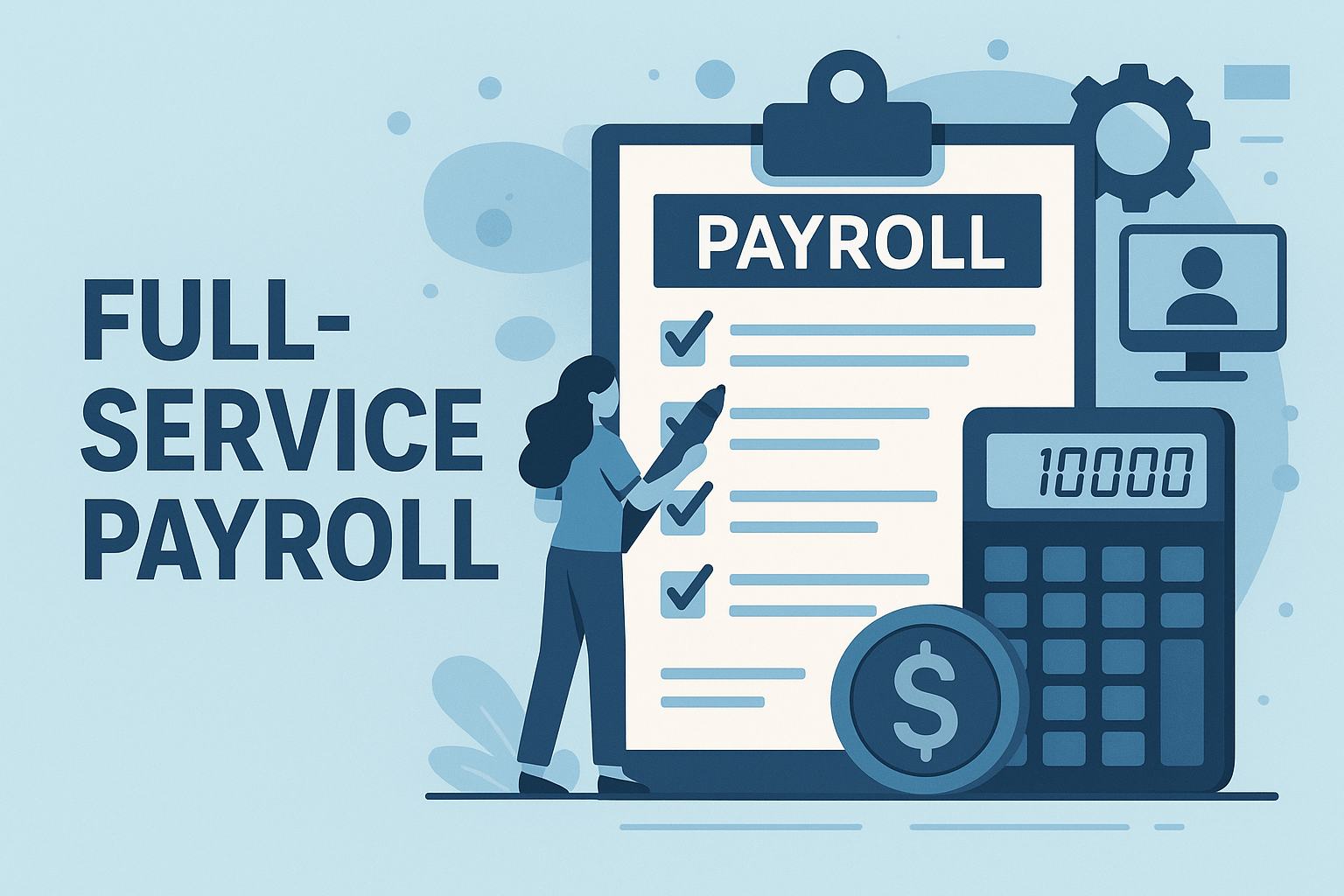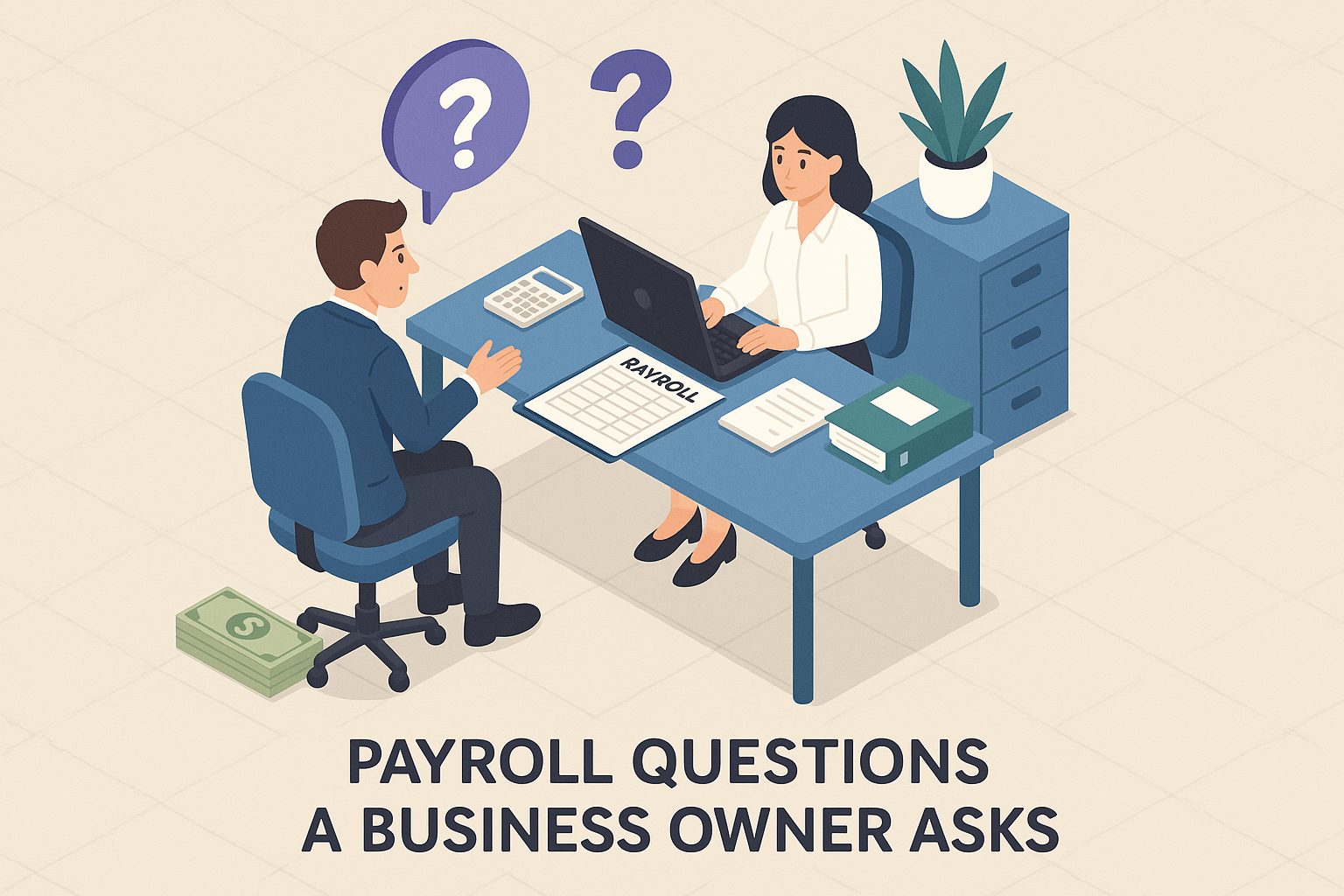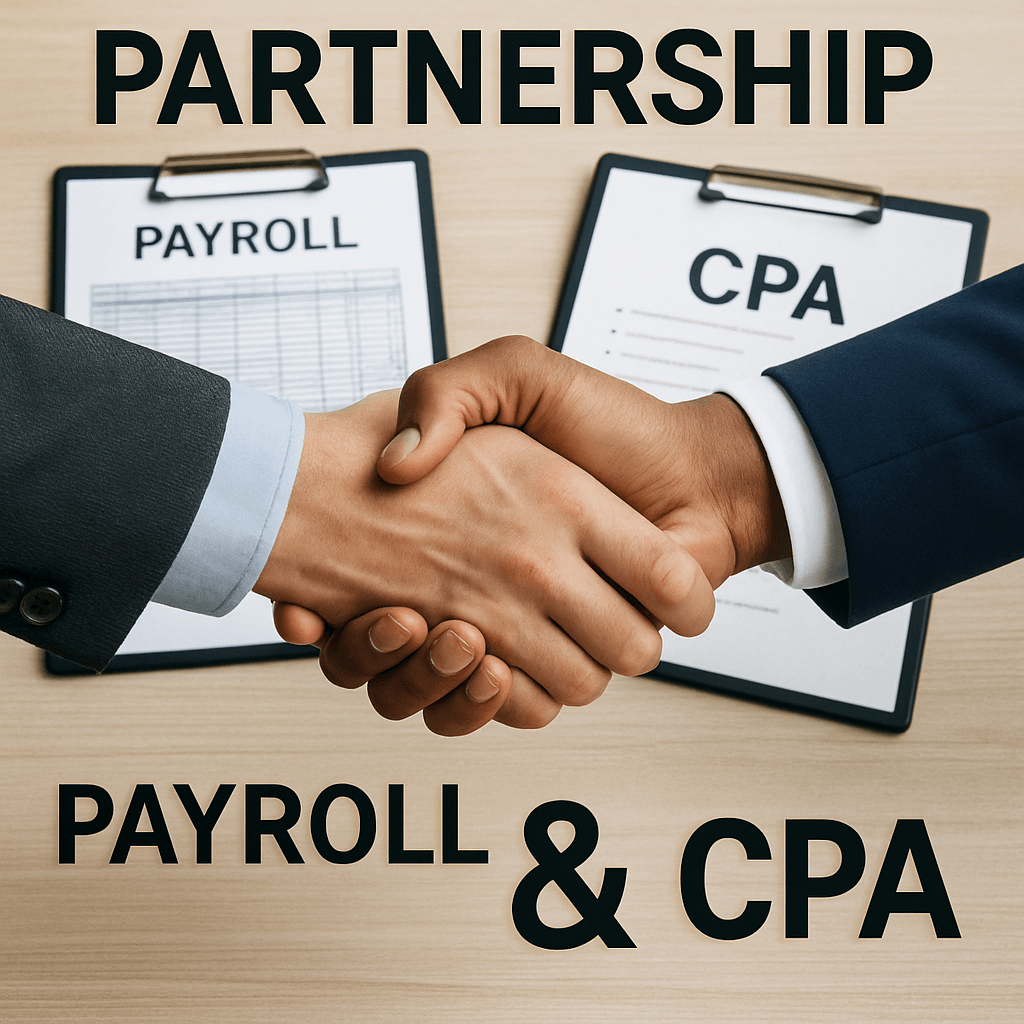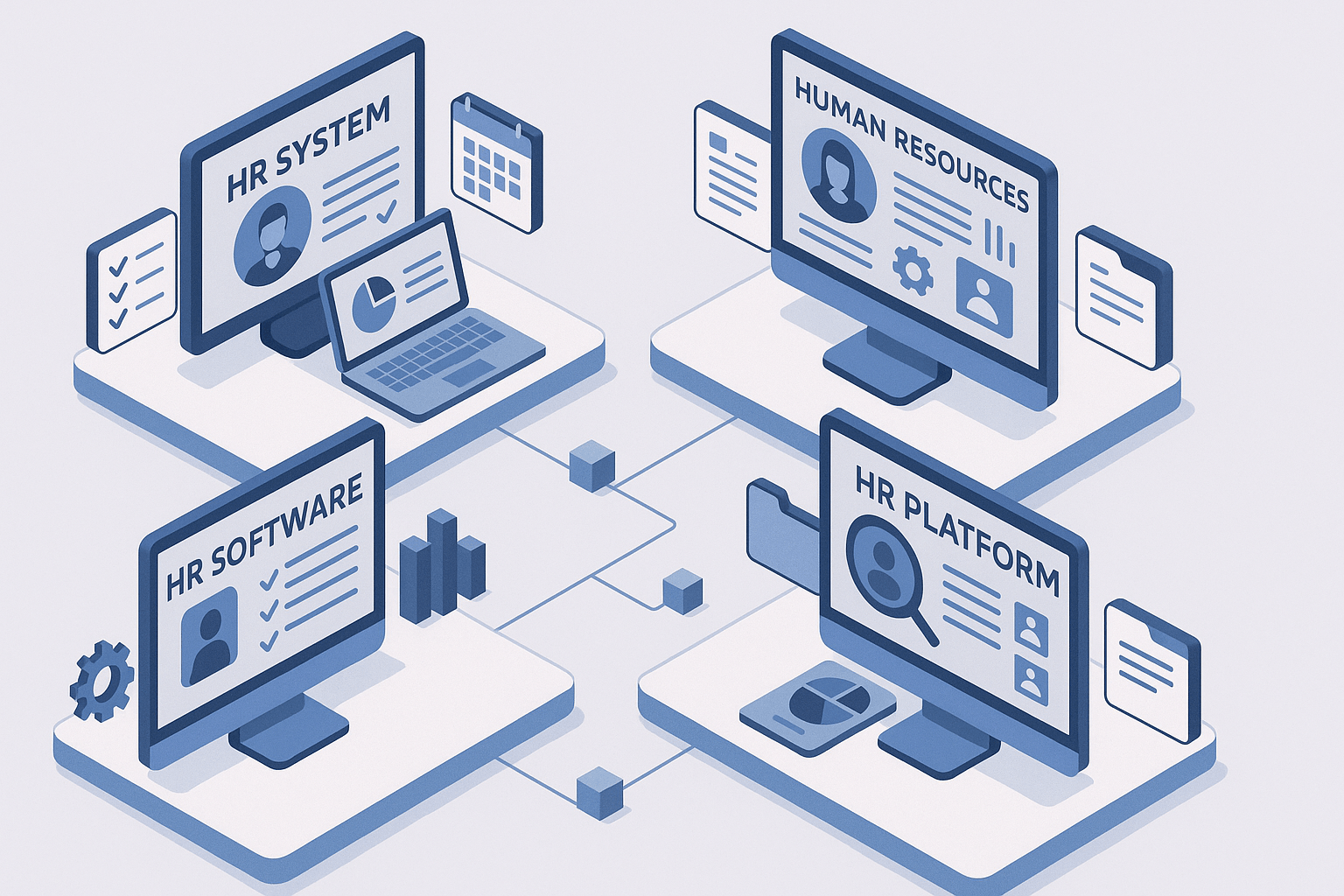Payroll Processing 101: Essential Steps to Boost Accuracy and Efficiency
February 7th, 2025
6 min read
.jpg?width=5520&height=3680&name=top-view-payroll-concept-with-cash-calculator(1).jpg)
Are you struggling with payroll errors, compliance headaches, and frustrated employees? You’re not alone. Many businesses face challenges ensuring payroll is accurate, timely, and compliant with federal and state regulations.
At Lift HCM, we’ve helped countless businesses simplify their payroll processes. We understand the complexity of tax calculations, deductions, and wage laws—and we know how to streamline payroll to eliminate errors and inefficiencies.
In this article, we’ll guide you through the essential steps of payroll processing, common pitfalls to avoid, and how modern technology can make payroll more efficient. By the end, you’ll have a clear path toward a stress-free payroll system that supports both your employees and your business.
Table of Contents
- What Is Payroll Processing and Why Is It Important?
- Key Payroll Terms You Need to Know
- Step-by-Step Guide to Accurate Payroll
- Common Payroll Pitfalls and How to Avoid Them
- The Role of Technology in Efficient Payroll
- Ensuring Compliance and Legal Obligations
- Payroll Best Practices for Ongoing Success
- Making Payroll Simple & Stress-Free with Lift HCM
What Is Payroll Processing, and Why Is It Important?
Payroll processing is the set of tasks that ensure every employee in your company is paid correctly and on time. It involves calculating wages (like salaries or hourly pay), withholding the correct amount of taxes, deducting benefits (like health insurance or retirement contributions), and issuing payments to employees.
Why Accuracy and Efficiency Matter
- Employee Satisfaction: If employees see mistakes in their paychecks, they lose trust in the company and become discouraged.
- Legal Compliance: Governments require employers to follow specific tax and labor rules. Mistakes can lead to penalties, audits, or legal issues.
- Financial Health: Errors in payroll can lead to costly fines, wasted time fixing problems, and confusion around your overall finances.
Key Payroll Terms You Need to Know
To handle payroll properly, you’ll need to understand some important words and phrases. It’s like learning the basics of a new language—once you know the terms, the process becomes much easier.
- Gross Pay: The total amount an employee earns before any deductions, such as taxes or benefits.
- Net Pay: The final amount the employee takes home after all deductions.
- Withholding: The money you subtract from an employee’s gross pay to cover taxes or other obligations like child support.
- Pay Period: The schedule or time frame during which work is done and for which payment is made (e.g., weekly, biweekly, or monthly).
- Pay Stub: A document given to employees that shows details about their gross pay, deductions, and net pay.
- Deductions: Amounts taken out of an employee’s paycheck for taxes, health insurance, retirement contributions, etc.
- Employer Identification Number (EIN): A unique nine-digit number assigned by the IRS to identify a business entity, used for payroll tax reporting.
Step-by-Step Guide to Accurate Payroll
Let’s break down the payroll process into clear steps, so you can see exactly how each part works. Think of it like assembling a sandwich: bread, meat, cheese, vegetables, and toppings, all stacked in the right order.
Step 1: Gather and Organize Employee Information
- Collect Personal Details: For each employee, you need their full name, address, Social Security Number (or equivalent identification), and possibly information about their dependents if that affects tax withholding.
- Decide on Wage Type: Is the employee paid by the hour, on a salary, or through commissions/bonuses?
- Determine Pay Period: Will you pay employees weekly, biweekly, semimonthly, or monthly?
- Set Up Deductions: Identify any insurance, retirement, or other benefits that require deductions from pay.
Why This Matters: Having correct employee data is the foundation of payroll accuracy. Mistakes here can lead to wrong paycheck amounts or missed tax filings.
Step 2: Calculate Gross Pay
- For Hourly Employees: Multiply the number of hours worked by the hourly rate. Don’t forget to include any overtime hours, which may have a higher pay rate (for instance, time-and-a-half).
- For Salaried Employees: Divide the annual salary by the number of pay periods in a year to get the per-period pay amount.
- Add Bonuses, Commissions, or Other Earnings: Include any extra compensation an employee earned during the pay period.
Why This Matters: Gross pay is the starting point for each paycheck calculation, so if it’s incorrect, every step after this will also be wrong.
Step 3: Deduct Taxes and Other Withholdings
- Federal Income Tax Withholding: This is based on information your employees provide on their Form W-4 and the federal tax withholding tables.
- State Income Tax Withholding: If your state requires income tax, be sure you withhold the correct amount.
- Local Taxes: Some cities or counties have additional taxes.
- Social Security and Medicare (FICA): These are federal payroll taxes you must withhold. You also match these taxes as the employer.
- Other Deductions: Health insurance premiums, retirement contributions (like a 401(k)), garnishments, and any other voluntary deductions.
Why This Matters: Properly handling taxes and deductions ensures you comply with legal requirements and that employees receive the correct net pay.
Step 4: Calculate Net Pay and Issue Payments
- Net Pay Calculation: Net pay = Gross pay – (taxes + other deductions).
- Paychecks or Direct Deposits: Decide how employees will receive their pay. Direct deposit is common because it’s fast, secure, and convenient.
- Pay Stubs: Provide employees with a pay stub detailing how their net pay was calculated (gross pay, taxes, deductions, final amount).
Why This Matters: Employees depend on receiving the correct take-home pay. Clarity in pay stubs increases trust and transparency.
Step 5: Maintain Accurate Records
- Record Retention: Keep payroll records, including timesheets, pay stubs, tax filings, and direct deposit authorizations, for the required length of time (this varies by location).
- Tracking Changes: If an employee’s pay rate changes or they move to a new address, update your records promptly.
- Backups and Data Security: Ensure you have a secure system to store payroll information, either in the cloud or on secure servers.
Why This Matters: Well-organized records protect you from disputes with employees, help with tax audits, and allow you to track expenses effectively.
.png?width=729&height=401&name=payroll%20process%20sequence(2).png)
Common Payroll Pitfalls and How to Avoid Them
Even the most organized companies can make mistakes. Here are some common pitfalls and advice on steering clear of trouble:
- Misclassifying Employees: Treating an employee as an independent contractor or vice versa can cause legal issues and tax complications.
- Ignoring Overtime Rules: Not correctly calculating overtime for hourly workers can lead to wage disputes and penalties.
- Missing Tax Deadlines: Late tax payments or filings often result in fines.
- Failing to Update Employee Information: Changes in tax withholding or benefits can cause paycheck errors.
- Overlooking Local and State Regulations: Rules can vary widely depending on where your employees work.
Tip: Keep a calendar of important tax deadlines and set reminders. Regularly review your employee information to ensure it’s current. Using a specialized system like Lift HCM’s integrated payroll platform can help automate updates and reminders.
The Role of Technology in Efficient Payroll
Technology has become a game-changer in the world of payroll. Imagine trying to bake a cake without a mixing bowl or a timer. That’s what doing payroll manually is like—it takes a lot more work, and you’re more likely to make mistakes. With modern payroll software:
- Automated Calculations: No more manual math; the system calculates gross pay, taxes, and deductions for you.
- Tax Updates: Software can automatically update federal, state, and local tax rates, so you’re always compliant.
- Seamless Integration: Payroll can link with other business tools like HR software, time-tracking apps, and accounting systems, all under one digital umbrella.
- Easy Record-Keeping: Digital storage means easy searching, sorting, and printing of payroll data whenever needed.
Tools like those offered by Lift HCM simplify the process, reduce errors, and free up your time so you can focus on growing your business instead of wrestling with complicated spreadsheets.
Ensuring Compliance and Legal Obligations
No matter how big or small your company is, you’re required by law to meet certain payroll obligations:
- Federal and State Regulations: Keep an eye on minimum wage laws, overtime regulations, and tax filing deadlines.
- Posting Requirements: Some jurisdictions require you to display notices about labor laws in the workplace.
- Reporting: You must regularly report employee wages and taxes to government agencies.
- Record Access: Employees often have the right to request access to payroll records or pay stubs.
Why It’s Important: Staying compliant helps you avoid expensive fines and maintains a good relationship with your employees and the government. If you find it challenging to keep up with changing regulations, a payroll service or platform like Lift HCM can help you stay updated and compliant.
Payroll Best Practices for Ongoing Success
- Regular Audits
- Check your payroll calculations monthly or quarterly. Compare timesheet entries against actual paychecks.
- Make sure tax withholdings are correct.
- Employee Self-Service
- Let employees view their pay stubs, update their addresses, and check their time off. This reduces the burden on HR and accounting staff.
- Stay Updated on Regulations
- Subscribe to newsletters or alerts that inform you about changes in labor laws and tax rates.
- Attend webinars or training sessions to stay informed.
- Cross-Training
- Have more than one person familiar with the payroll system. This helps avoid delays if one person is out sick or on vacation.
- Use Online Tools
- Spreadsheets can be error-prone. Modern payroll software integrated with HR, accounting, and time-tracking tools can make your job much easier.
- Communicate with Employees
- Encourage employees to promptly report changes in their personal or bank information.
- Provide clear policies about overtime, vacation pay, and sick leave.
- Review Pay Stubs
- Periodically spot-check pay stubs to ensure everything looks correct.
- If you find an error, correct it immediately and communicate what happened to affected employees.
.png?width=715&height=704&name=best%20practices(1).png)
Making Payroll Simple & Stress-Free with Lift HCM
You may have struggled with payroll complexities, tax deadlines, and compliance concerns. Now, you have a structured process to follow, avoiding common payroll pitfalls and leveraging payroll software for efficiency.
By partnering with Lift HCM, you can eliminate manual payroll hassles, reduce compliance risks, and ensure accurate, on-time payments.
Contact Lift HCM today to learn how our payroll solutions can help your business stay compliant, save time, and improve efficiency!
Caitlin Kapolas is a results-driven professional with a strong background in account management and retail. She is dedicated to improving client experiences and building lasting relationships. Caitlin excels in identifying client needs, resolving issues, and implementing customized solutions that drive value. Her effective communication skills ensure high client satisfaction and loyalty, making her a trusted advisor and partner in meeting client needs with precision and professionalism.
Topics:








